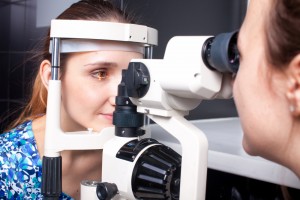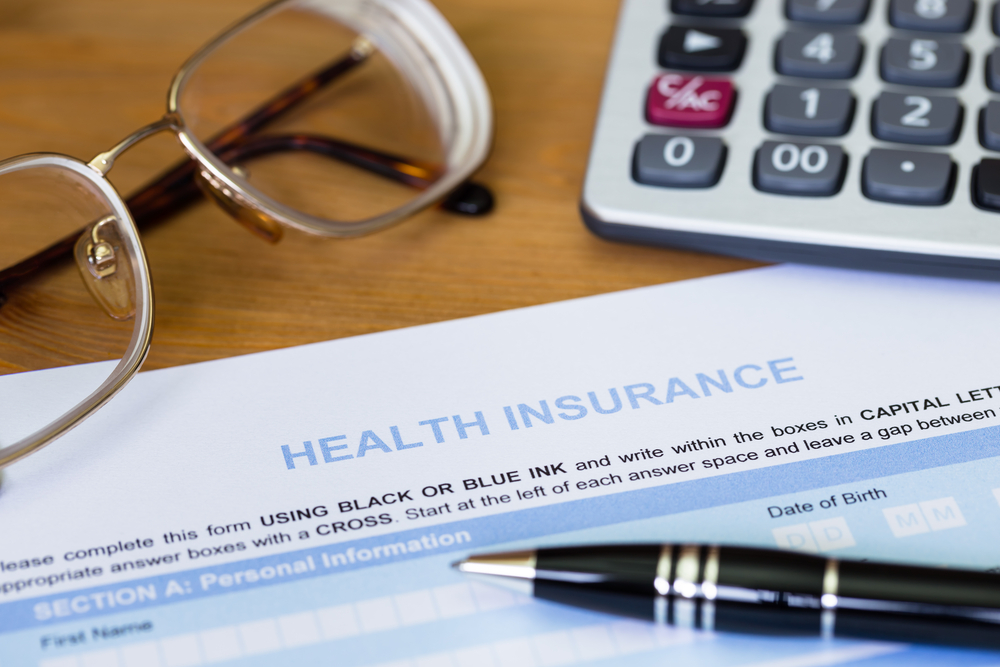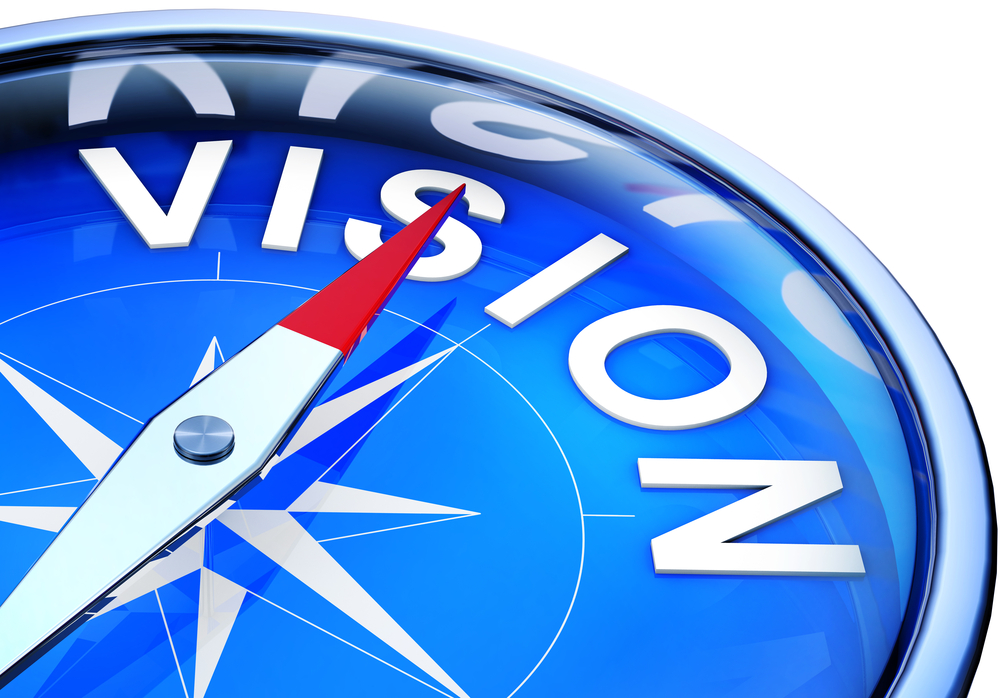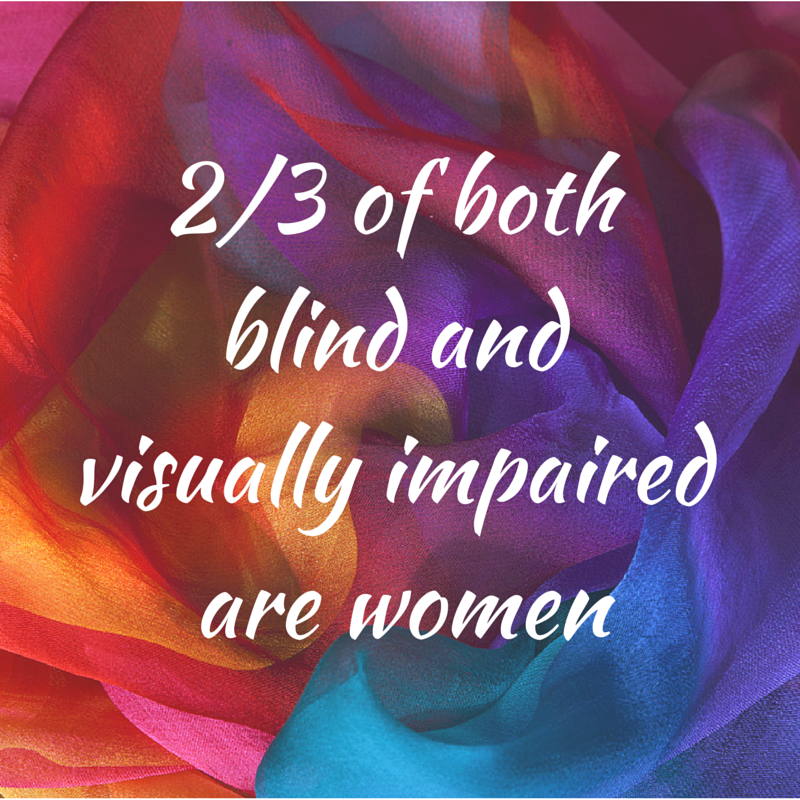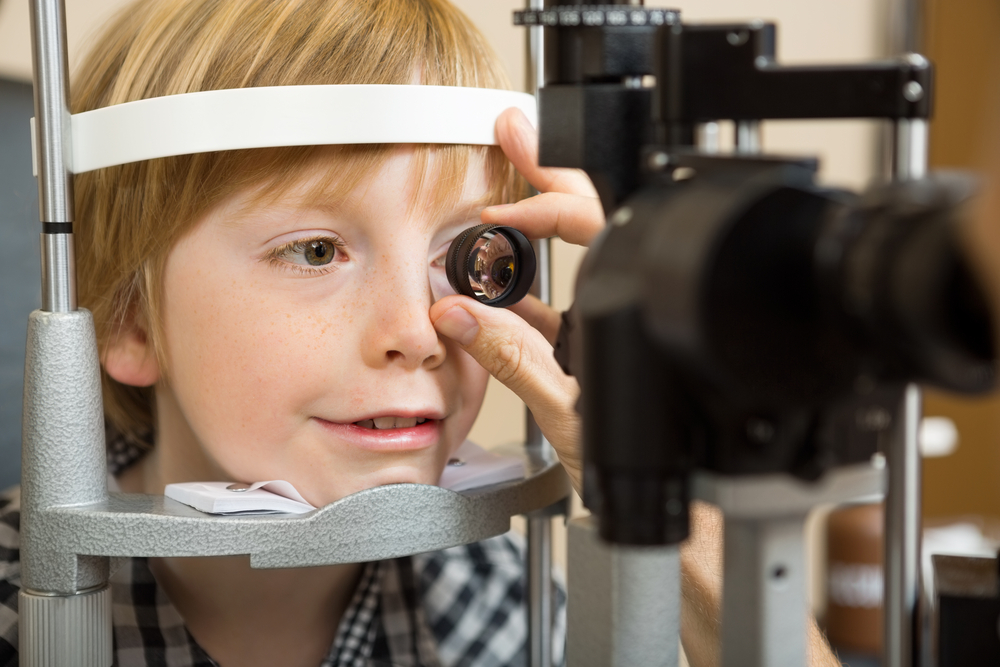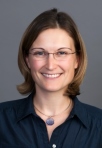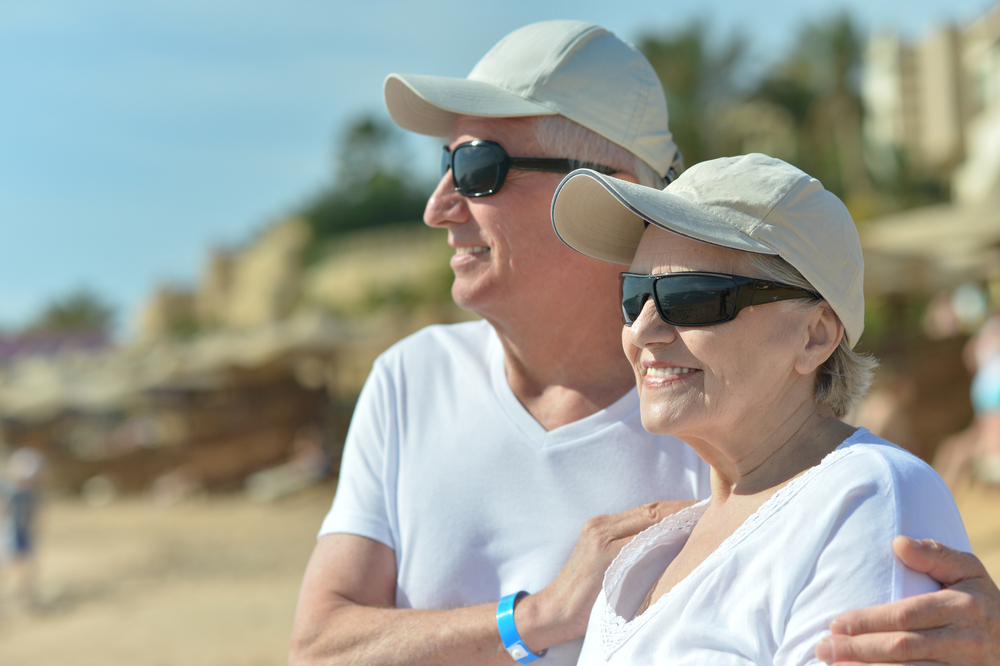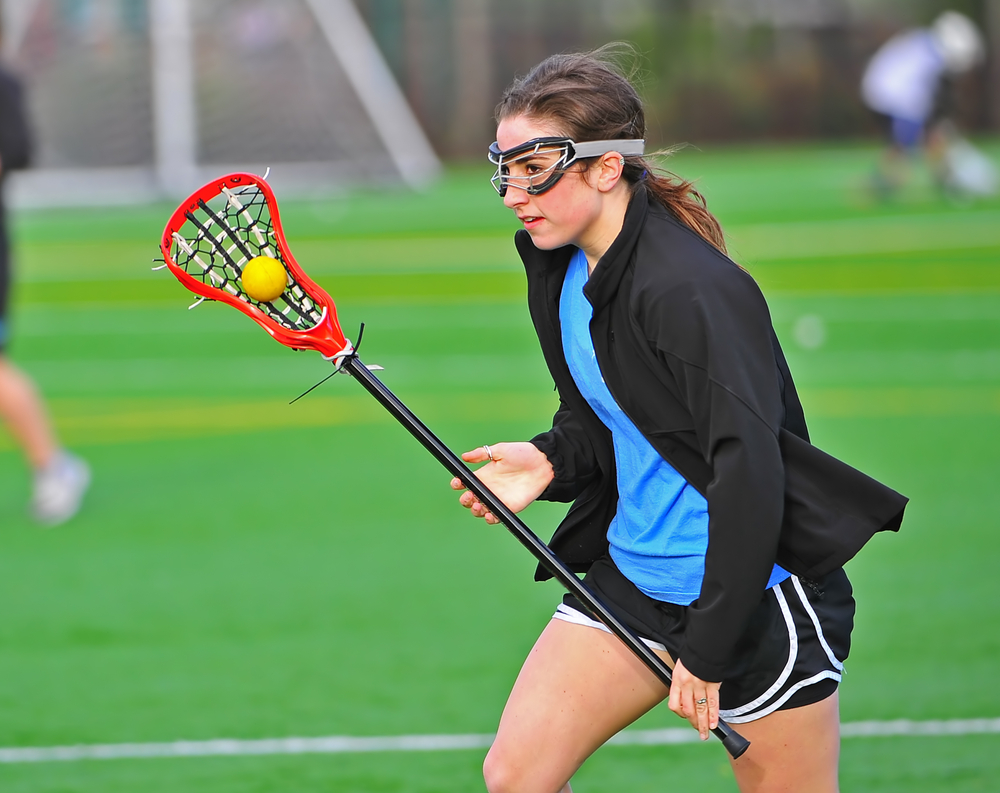With all the recent news about Rosanne Barr’s vision loss due to age-related macular degeneration (AMD) and glaucoma, I thought it would be interesting to see other famous people with vision loss who didn’t let it stop their impact on the world around them. Today’s post will focus on writers, politicians, business and military leaders, scientists. Thursday we will explore artists, actors and musicians.
Authors
Harper Lee (1926-) – Best known for her 1960 Pulitzer Prize winning book To Kill a Mockingbird, she has been diagnosed with AMD. Her second novel, Go Set a Watchman, which was actually written before To Kill a Mockingbird, will be published this July.
John Milton (1608-1674) – English poet who wrote the poem Paradise Lost, among others, and became blind at the age of 43.
Alice Walker (1944-) – American author and activist who wrote The Color Purple which won the Pulitzer Prize and the National Book Award in 1983. She was blinded in one eye as a child when shot with a BB gun.
Joseph Pulitzer (1847-1911) – American newspaper publisher who established the prestigious journalism award, the Pulitzer Prize. He became blind at the age of 42 due to a retinal detachment.
James Thurber (1894-1961) – American humorist who switched his attention from sports to writing when his brother shot him in the eye with an arrow while recreating the legend of William Tell shooting the apple off his son’s head.
James Joyce (1882-1941) – Irish novelist and poet who had numerous eye surgeries for various conditions starting with iritis.
Stephen King (1947-) – American author of contemporary horror, supernatural fiction, suspense, science fiction, and fantasy. He has been diagnosed with AMD.
Leaders
Horatio Nelson (1758-1805) – British naval admiral lost an eye as a young seaman. He was said to have used this to his advantage by raising his telescope to his blind and then claim not to see the flags of surrender being raised by enemy ships.
Thomas Gore (1870-1949) – Blinded as a child, he became the first senator from Oklahoma and the first blind member of the US Senate.
Steve Wynn (1942-) – A well-known business leader having helped build up Las Vegas, and the owner of The Wynn and The Encore resorts, he was diagnosed with retinitis pigmentosa in 1971 and declared legally blind in 2010.
David Alexander Paterson (1954-) – He was the first African American Governor of New York and the second legally blind governor of any state, after Bob Riley of Arkansas. Paterson became blind at the age of three months when an ear infection spread to his optic nerve.
Willie Brown (1934-) – He spent over 30 years in the California State Assembly and served as the first African American Mayor of San Francisco for eight years. He has retinitis pigmentosa.
Hellen Keller (1880-1968) – She was an American activist, lecturer and author. She was the first deaf/blind person to graduate from college. At the age of 19 months she came down with infection that left her deaf and blind. She inspired the Lions Clubs International to become “knight of the blind,” leading them to focus their community service efforts toward vision-related causes.
Science & Medicine
Dr. Jacob Bolotin (1888-1961) – Was the first congenitally blind person to receive a medical license. This Chicago physician’s specialties were diseases of the heart and lungs.
John Glenn (1921-) – He was the first man to orbit the earth in 1963 on the Friendship 7 mission. He suffers from glaucoma.
Joseph Plateau (1801-1883) – Belgian physicist who invented an early stroboscopic device, the phenakistiscope, in 1836 that allowed still images to create an animated effect. It eventually led to the development of cinema. He performed an experiment in which he gazed directly into the sun for 25 seconds, leading to his eventual blindness.
Join us next Tuesday for part two.
4/28/15
 Susan DeRemer, CFRE
Susan DeRemer, CFRE
Vice President of Development
Discovery Eye Foundation








